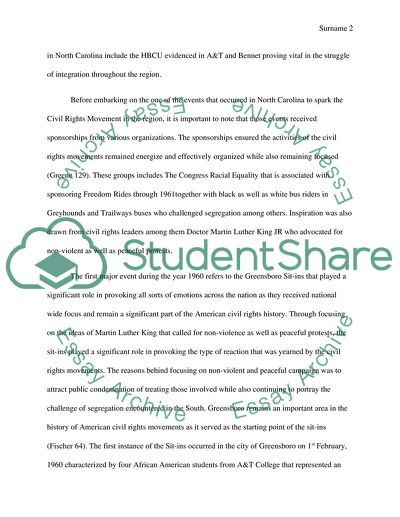Cite this document
(“How the civil rights movement affected Greensboro NC Research Paper”, n.d.)
How the civil rights movement affected Greensboro NC Research Paper. Retrieved from https://studentshare.org/english/1688178-how-the-civil-rights-movement-affected-greensboro-nc
How the civil rights movement affected Greensboro NC Research Paper. Retrieved from https://studentshare.org/english/1688178-how-the-civil-rights-movement-affected-greensboro-nc
(How the Civil Rights Movement Affected Greensboro NC Research Paper)
How the Civil Rights Movement Affected Greensboro NC Research Paper. https://studentshare.org/english/1688178-how-the-civil-rights-movement-affected-greensboro-nc.
How the Civil Rights Movement Affected Greensboro NC Research Paper. https://studentshare.org/english/1688178-how-the-civil-rights-movement-affected-greensboro-nc.
“How the Civil Rights Movement Affected Greensboro NC Research Paper”, n.d. https://studentshare.org/english/1688178-how-the-civil-rights-movement-affected-greensboro-nc.


